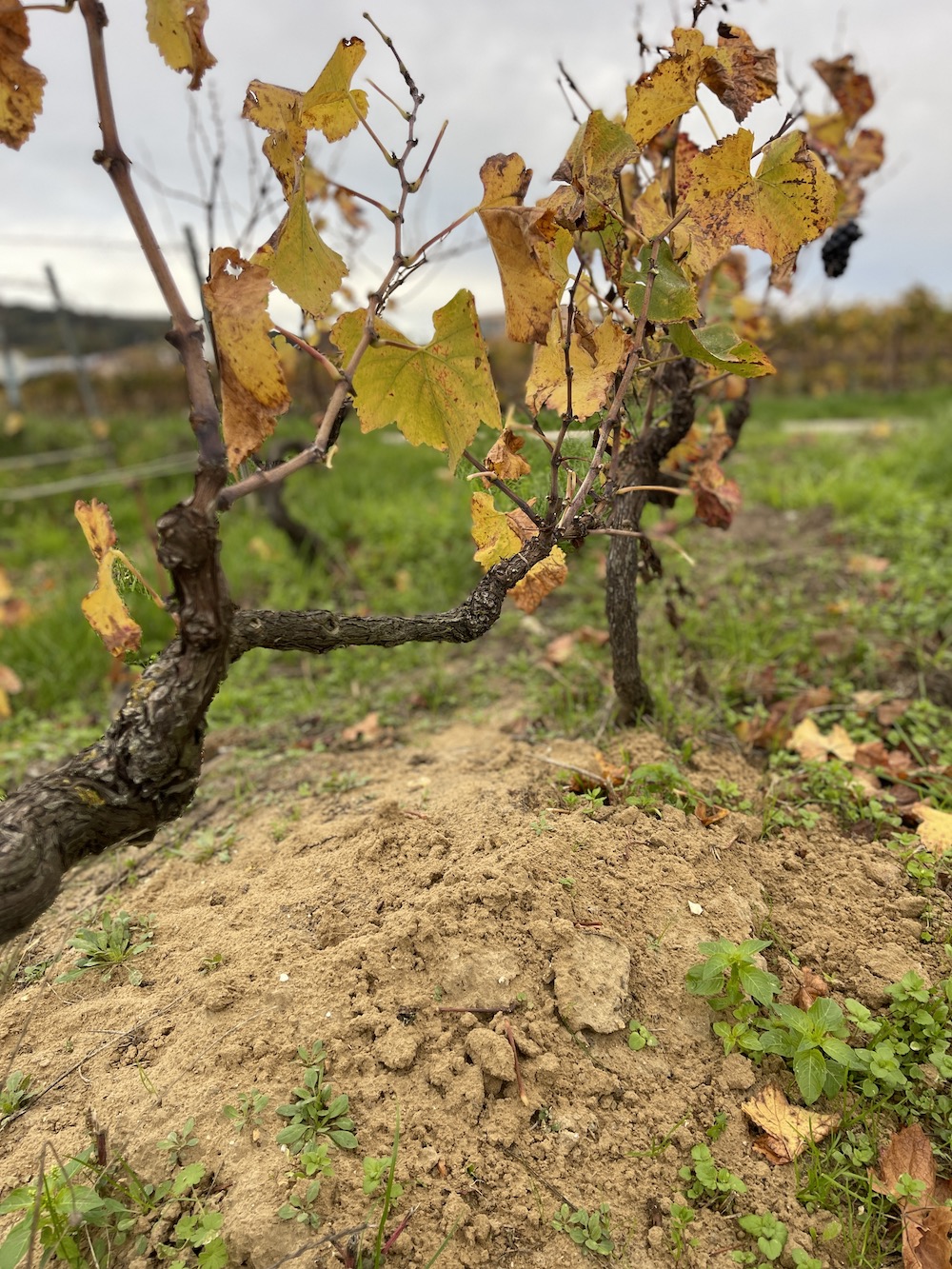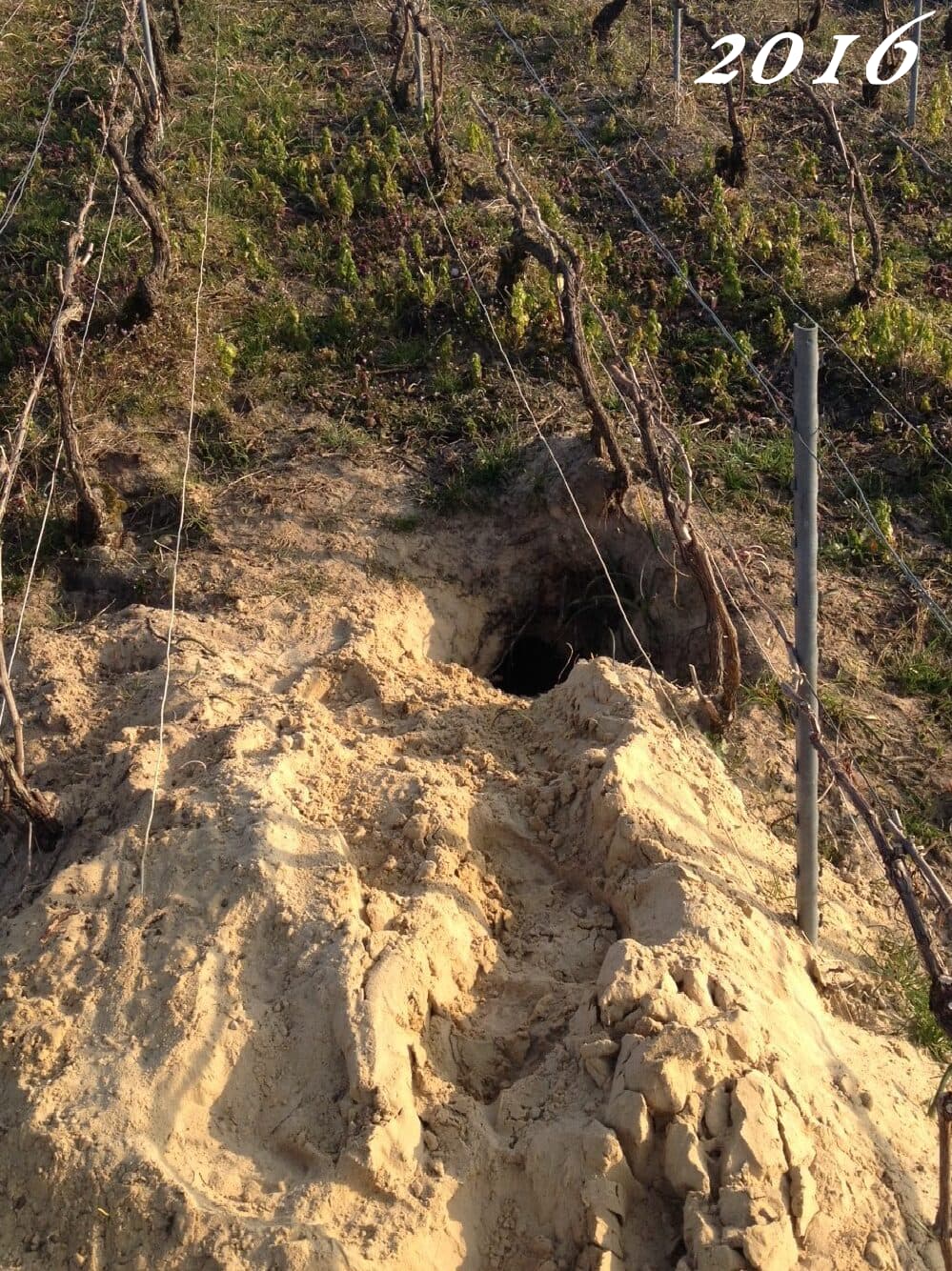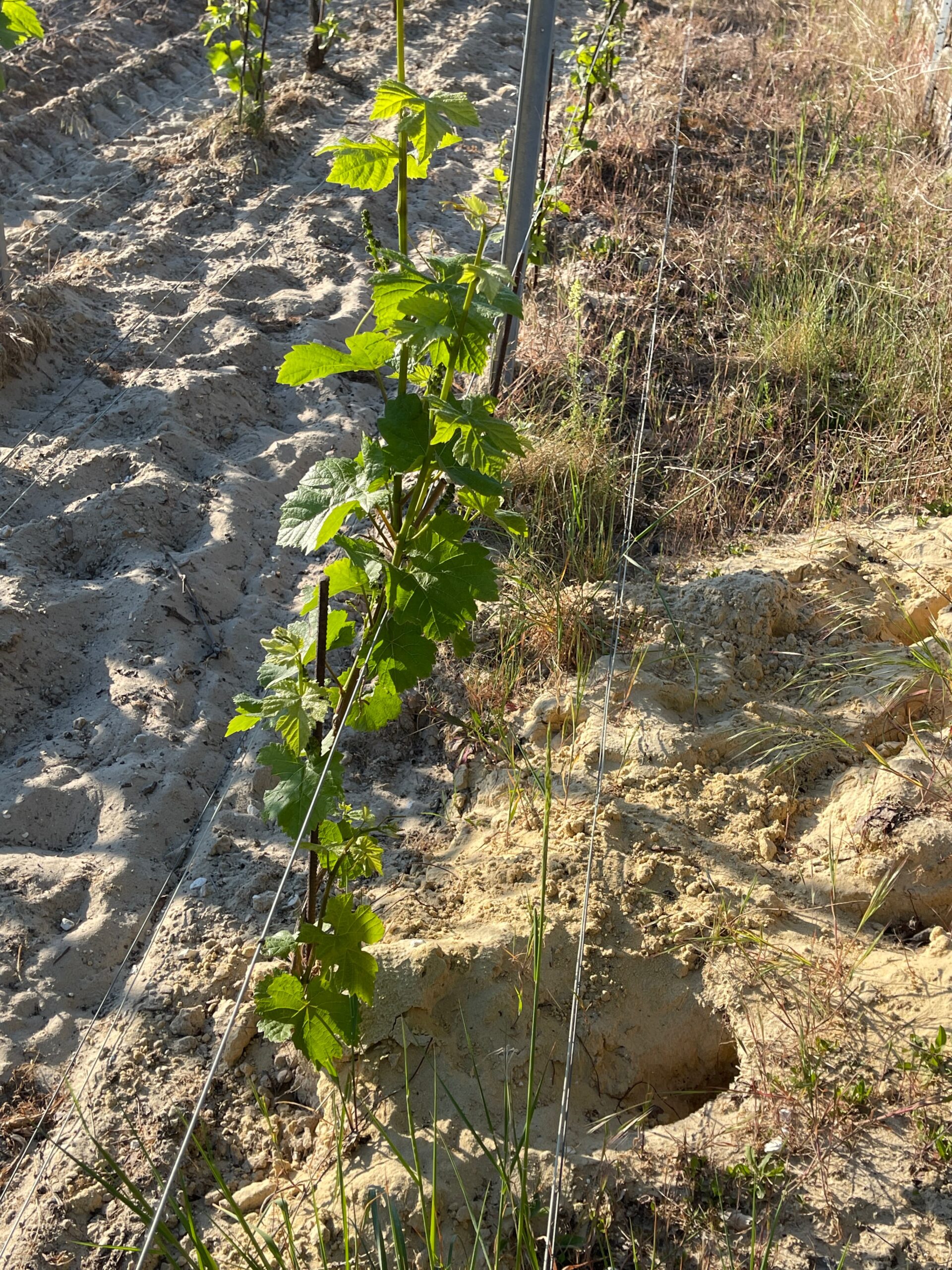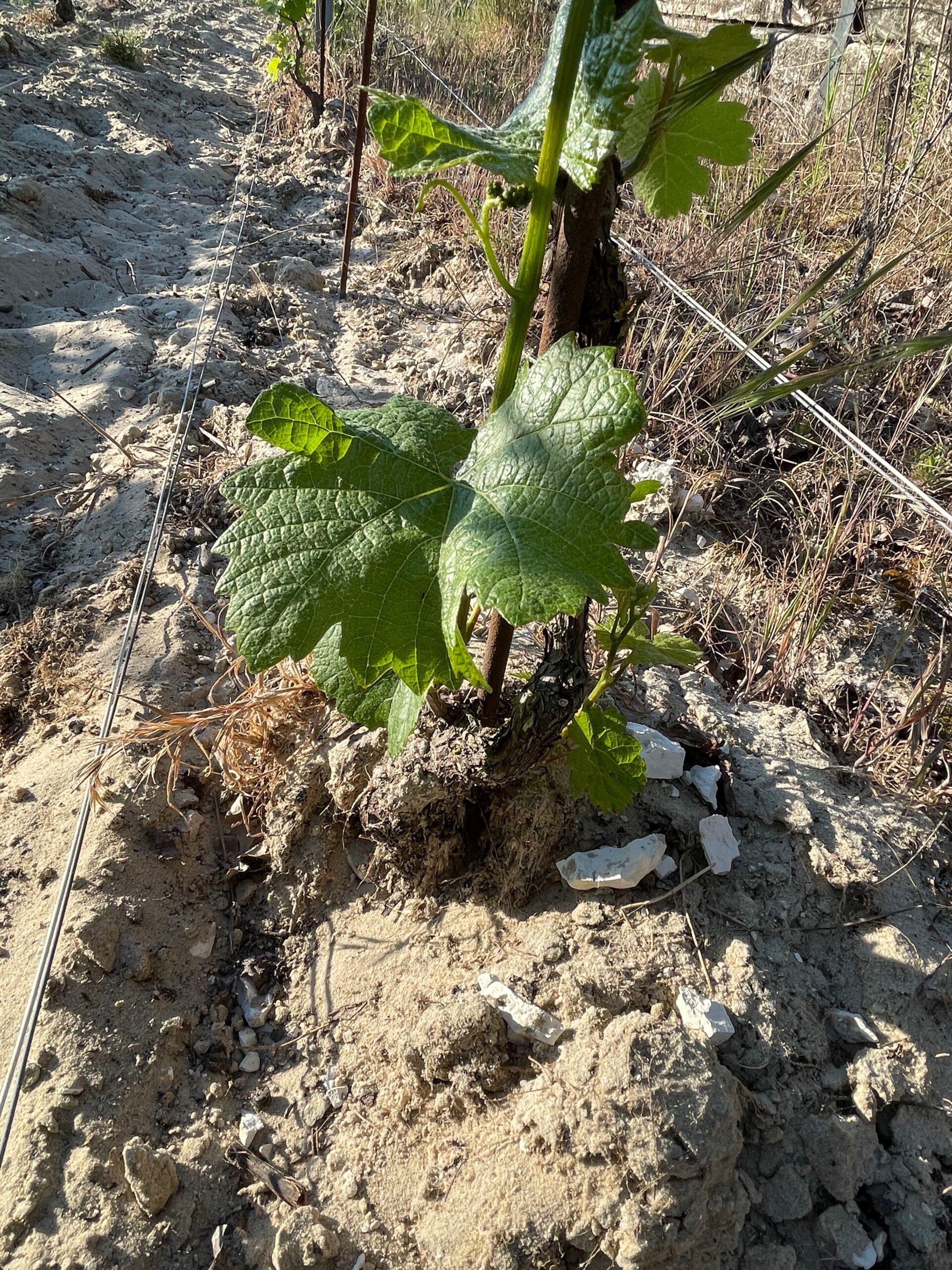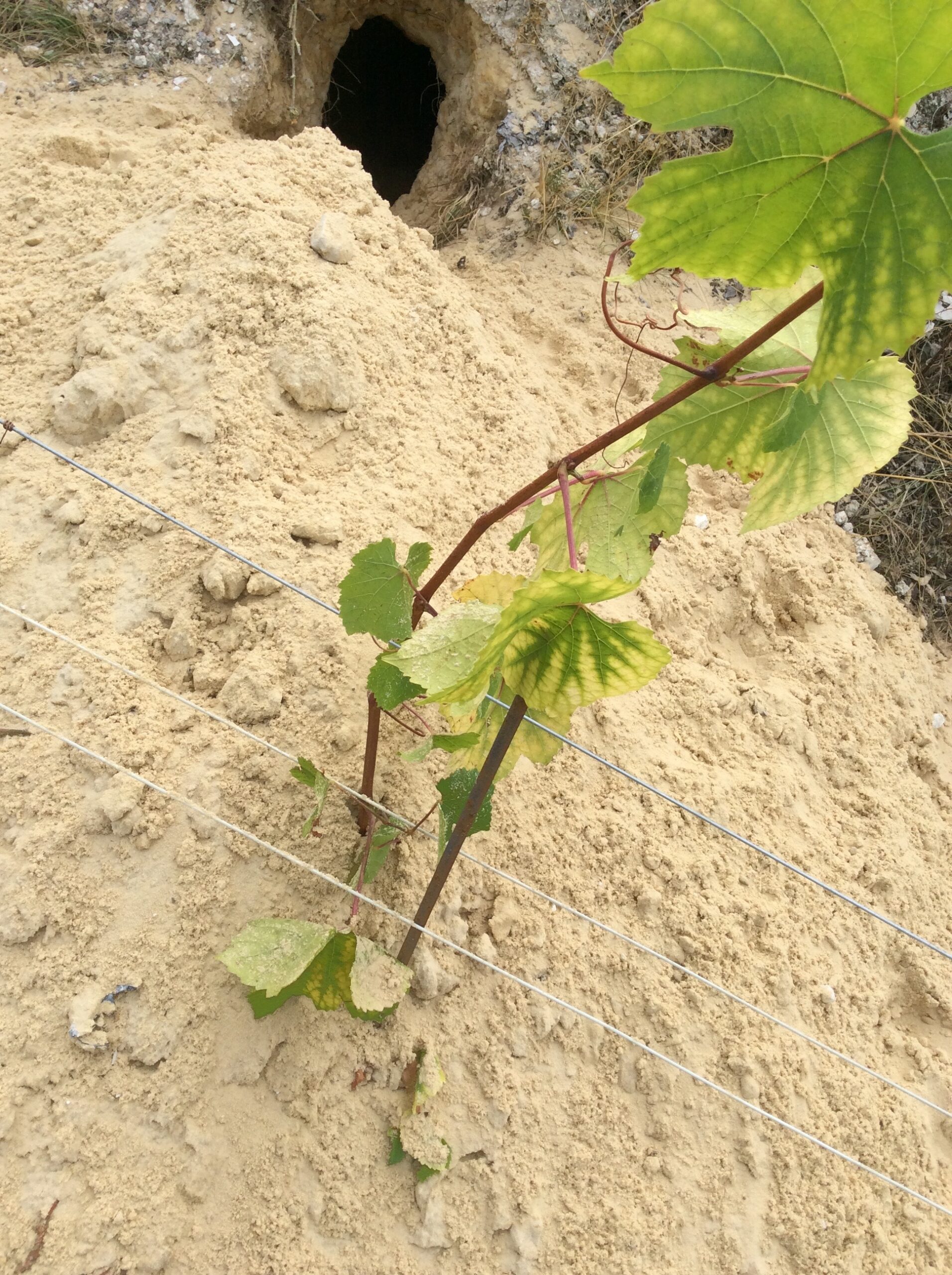The vineyard of Écueil.
My vineyard
of Écueil
Écueil is an old village. "Traces of habitation have been found, dating back to the Campinian era, 5,000 to 8,000 years before Christ. In the 17th century, the village had 86 hearths, mainly winegrowers and plowmen, as well as many artisans." My family lived there as owners of vineyards and fields. "In the past, the village was built around the church, but after the plague, it was completely burned down and rebuilt lower down." My family then resettled in the heart of the new village, right in front of the main square with its fountain and garden. Thus, our current wine estate was born, where my parents still live today.
The Écueil vineyard forms a beautiful amphitheater, five kilometres from Reims. In 2017, it had 144 hectares of planted vines including 110 ha of Pinot Noir, 17 ha of Chardonnay and 17 ha of Pinot Meunier. This distribution is the illustration of my own grape varieties:
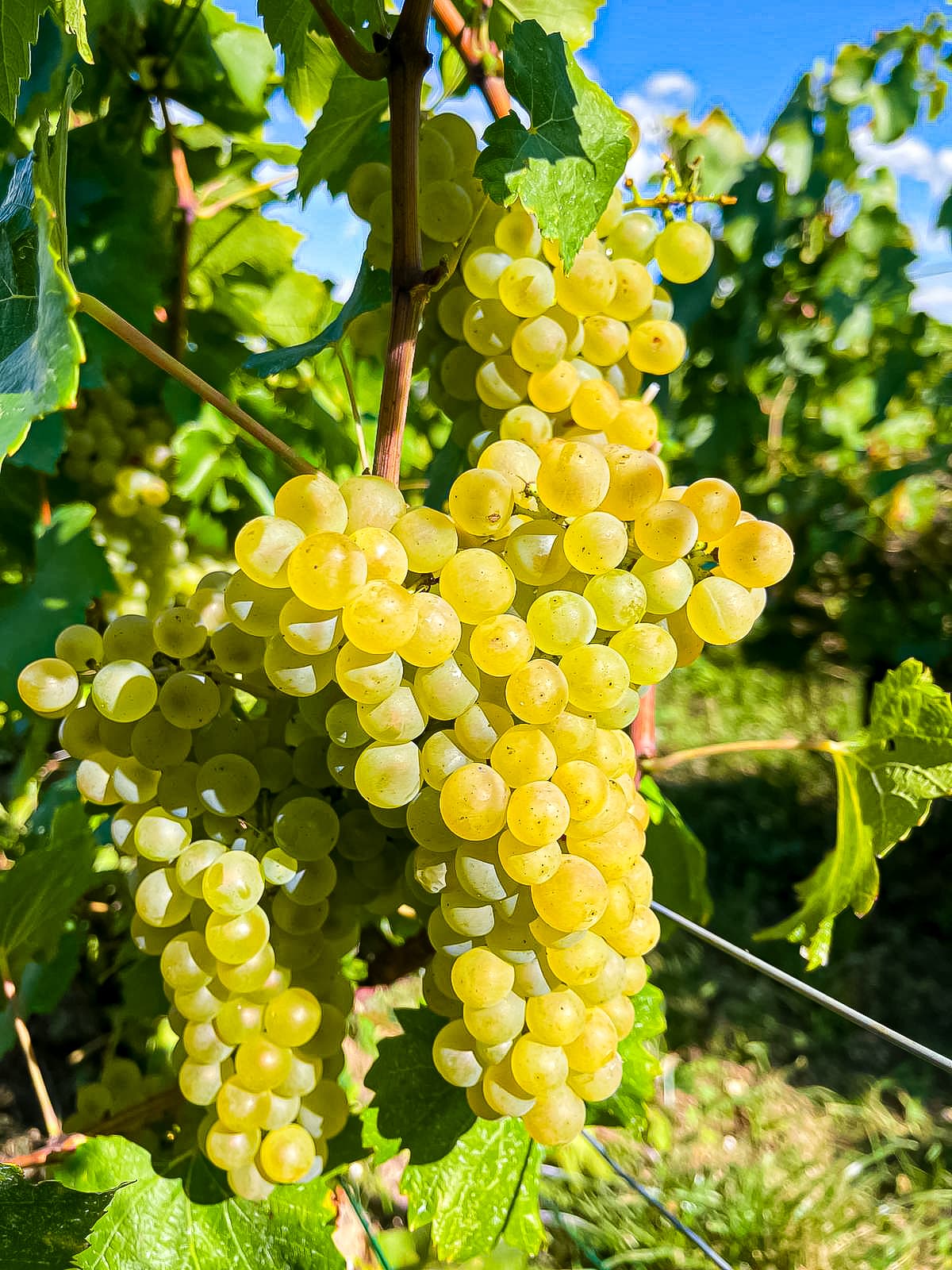
22%
Chardonnay
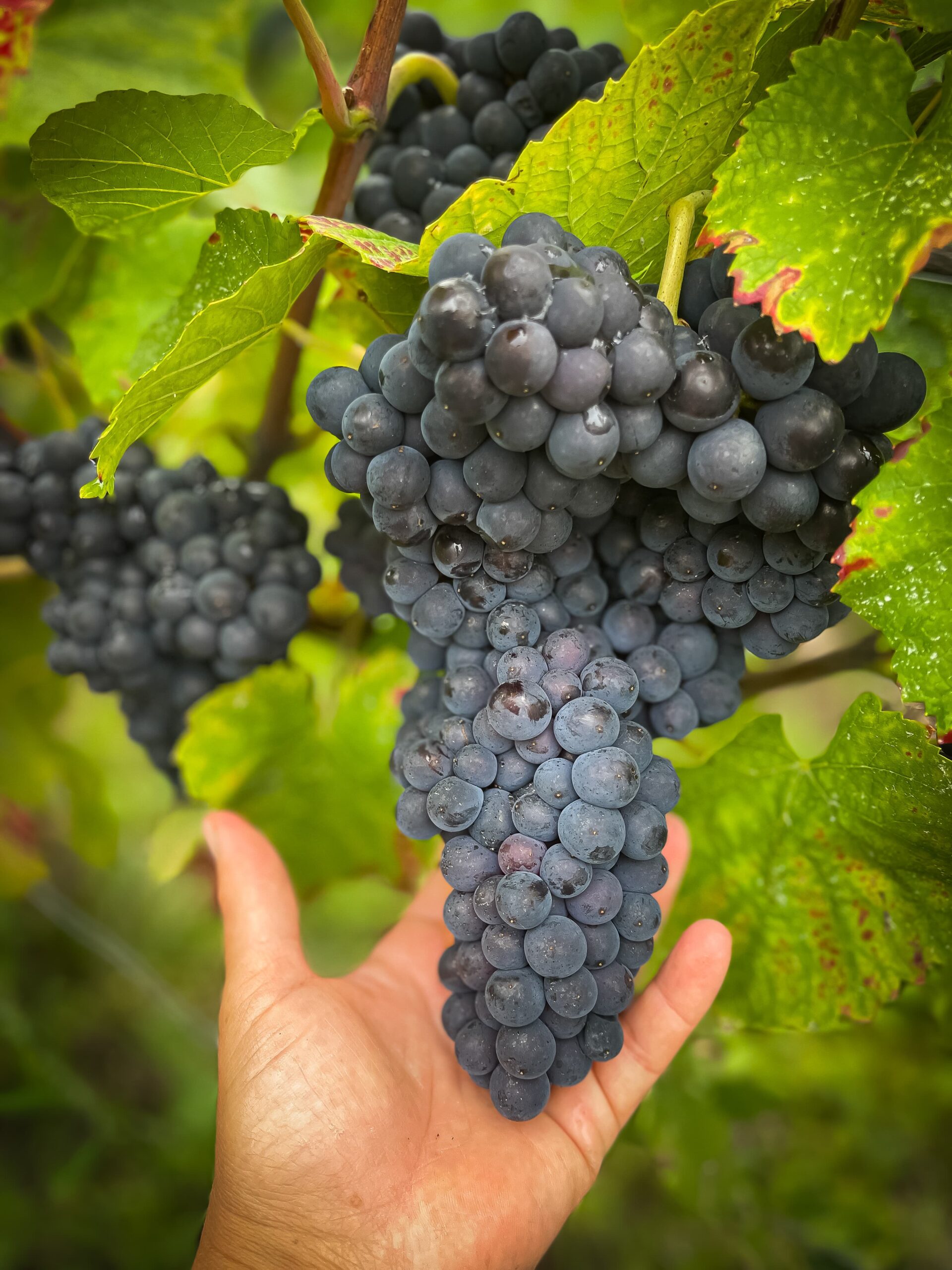
63%
Pinot noir
12%
Pinot meunier
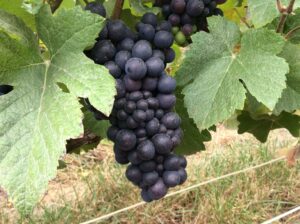
3%
Pinot gris
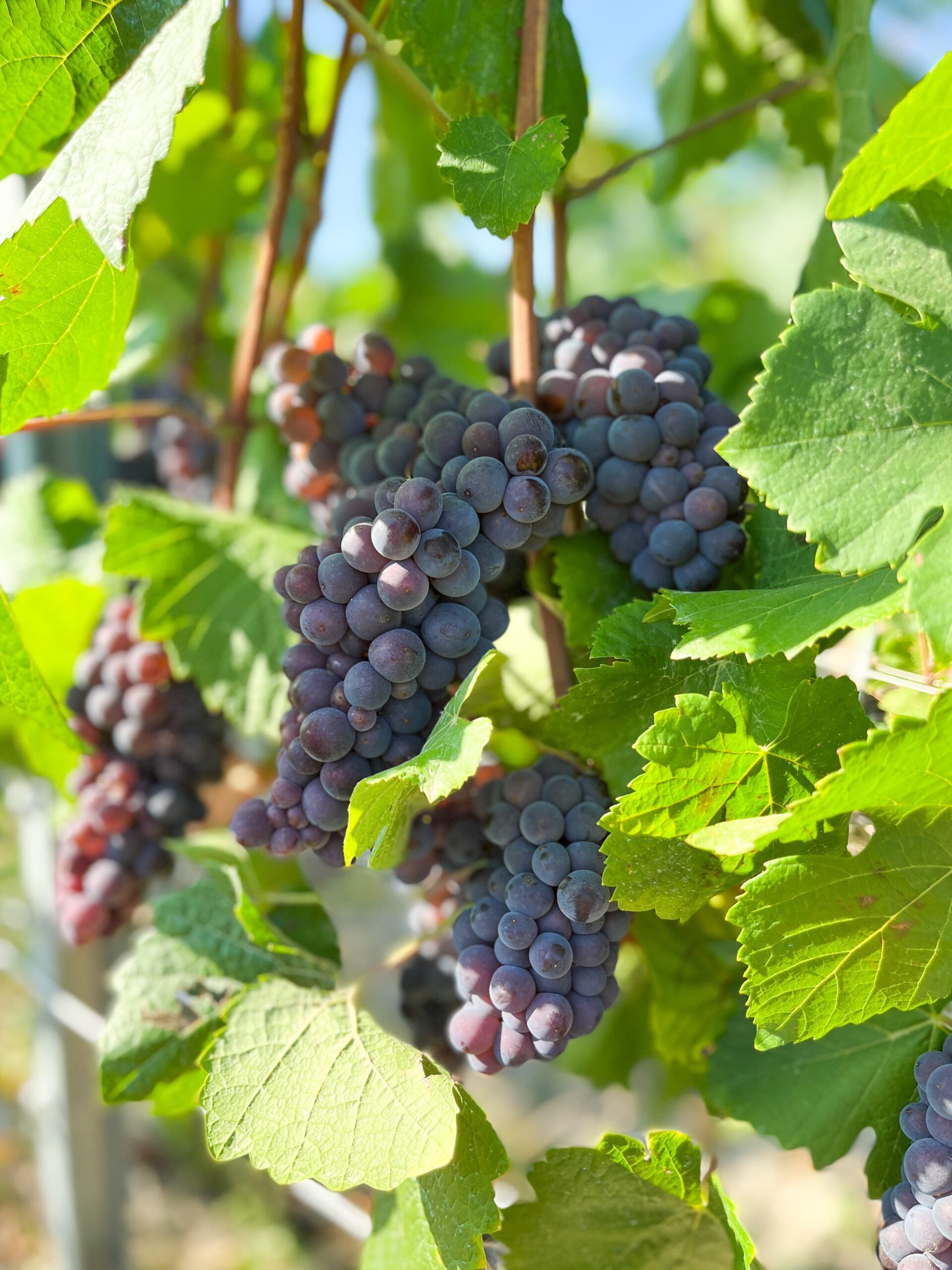


A remarkable terroir
The land of Écueil
Over the centuries, the family vineyard has grown to reach 9ha14, spread over 4 municipalities: mainly in Écueil and also in Chamery, Sermiers and Faverolles-et-Coemy, with 33 plots. My terroir is composed according to the localities of sand, clay, silt and chalk.
Indeed, from a geological point of view, the Écueil vineyard is based on formations deposited between 75 and 30 million years ago, with from bottom to top, the Campanian chalk which appears in its silty form around 110 meters above sea level. altitude (as for my parcels of Blanche Vignes, Croix de Bas, Village, Belloy,etc.); the fine sands of the Thanetian around 133 meters forming a discontinuous band from North to South, passing through the village and then appearing under the D26 road (Garennes, Valliberts, etc.); marly clays with fossiliferous sands from the Lower Ypresian from 150 to 170 meters (Prés Mousseux, Chesnaie, Les Rosets, etc.); fine sands of the Upper Ypresian; sandy limestone from the marine Lutetian up to 185 meters; Upper Lutetian limestones and marls up to 250 meters; green clay topped by a fine wooded line then clayey limestone from the middle Bartonian up to 230 meters; limestones and white marls from the Upper Bartonian up to 240 meters; ferruginous silts and clays with bursts of flint millstones on the edge of the woods (Robillardes, Montagne, etc.).. The soils are mainly brown calcareous, stony, or more clayey or sandy.
My environmental philosophy

MY ORGANIC FARMING CERTIFICATION
Heiress to the management of the family estate for 25 years, I have my heart set on perpetuate the work of the vines of 11 generations of winegrowers.
In 2002, my first child, Louis, was born. It is always said that a child changes your life! His birth also changed my philosophy for the winery. Indeed, from 2003, I introduced tillage and natural or sown grassing in order to limit and then eliminate weedkillers. It was pioneer in our village of Ecueil and even at the time not very widespread in Champagne. Finding the equipment (intervines, mowers.) adapted to our narrow Champagne vines, facing intergenerational family criticism of a return to my grandmother's time when progress made work easier, suffering a drop in yield, observing weeds climb as high as the vine, undergo staffing changes because the work is more complicated, adjust mechanical work according to extreme climatic conditions (too wet, too dry,) work from 2008, with draft horses such as 9 generations of my ancestors who preceded my mother, Marie-Christine, bear an additional cost of cultivation costs...
To transform the farming methods of our domain after a generation of progress (discovery of hydraulics, phytosanitary products, weedkillers...) the path was full of pitfalls, it was complicated and stressful in several areas but two decades have passed and I succeeded!
In July 2017, my fourth and last child was born. At the same time as the birth of Rose, my vineyard was certified VDC “Sustainable Viticulture in Champagne” and HEV “High Environmental Value”. . It was an administrative journey, as the 125 technical viticultural criteria had long been met in the field. A well-earned reward for 20 years of hard physical and mental work!
After having allowed each of my 33 plots to become "free" again, after having made my own experiences with the soil and the typicality of each plot, after having freed the roots of the vine, after having recreated biodiversity in my vines, the grapes express themselves! The grapes that are vinified to become the ELODIE D. Champagnes are more concentrated in natural sugars, more expressive of the plot terroir. Champagnes are typical and unique.
To take my approach a step further, in 2021, I'm making my environmental winegrowing practices official through conversion to organic farming for my entire operation. Once again, it was more an administrative than a technical process for me! Three years of audits and controls have validated my practices. my grapes became organic with the 2024 harvest! À la suite de cela, j’ai fait le choix de mettre fin à mes certifications du vignoble en VDC et HVE.
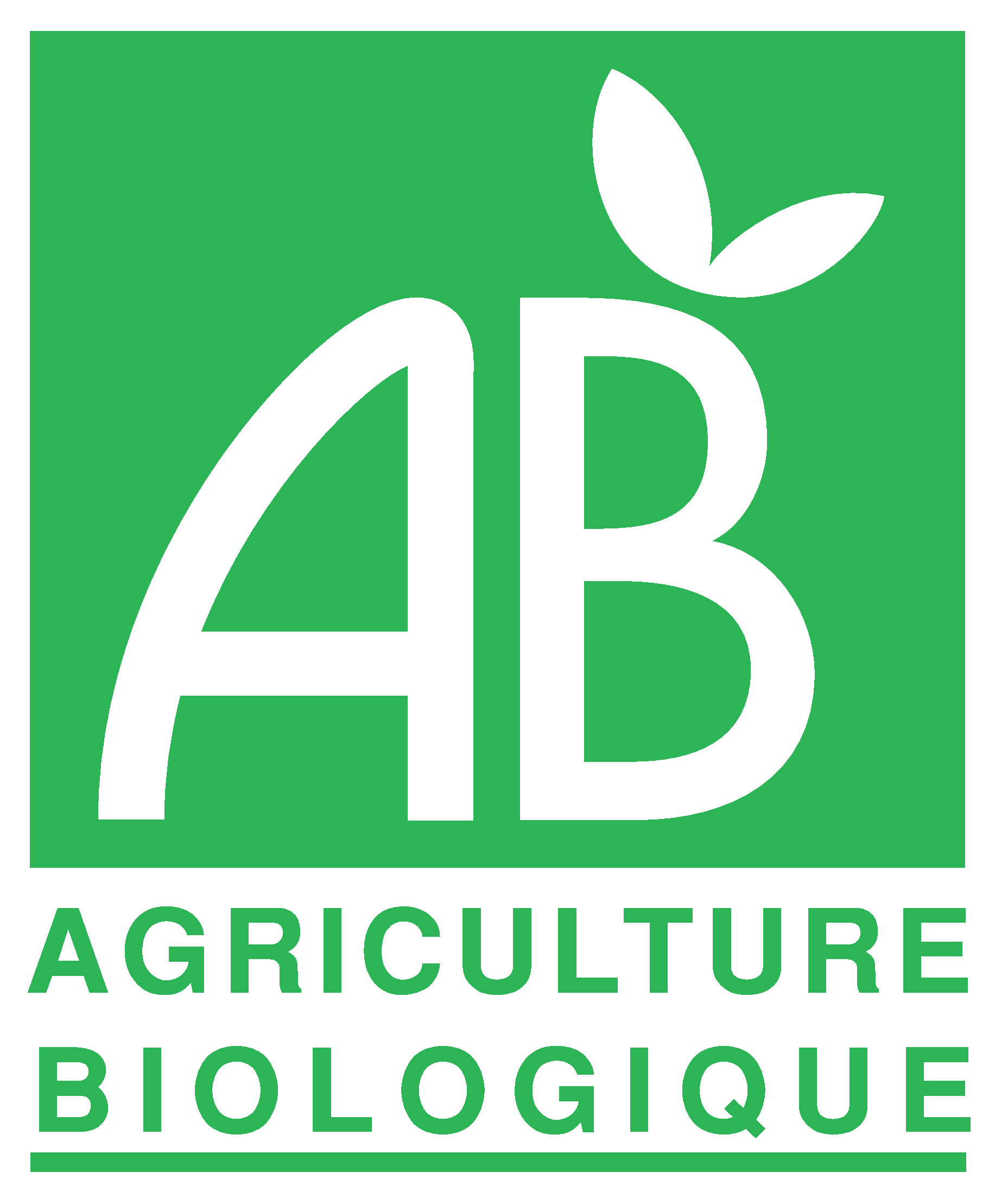
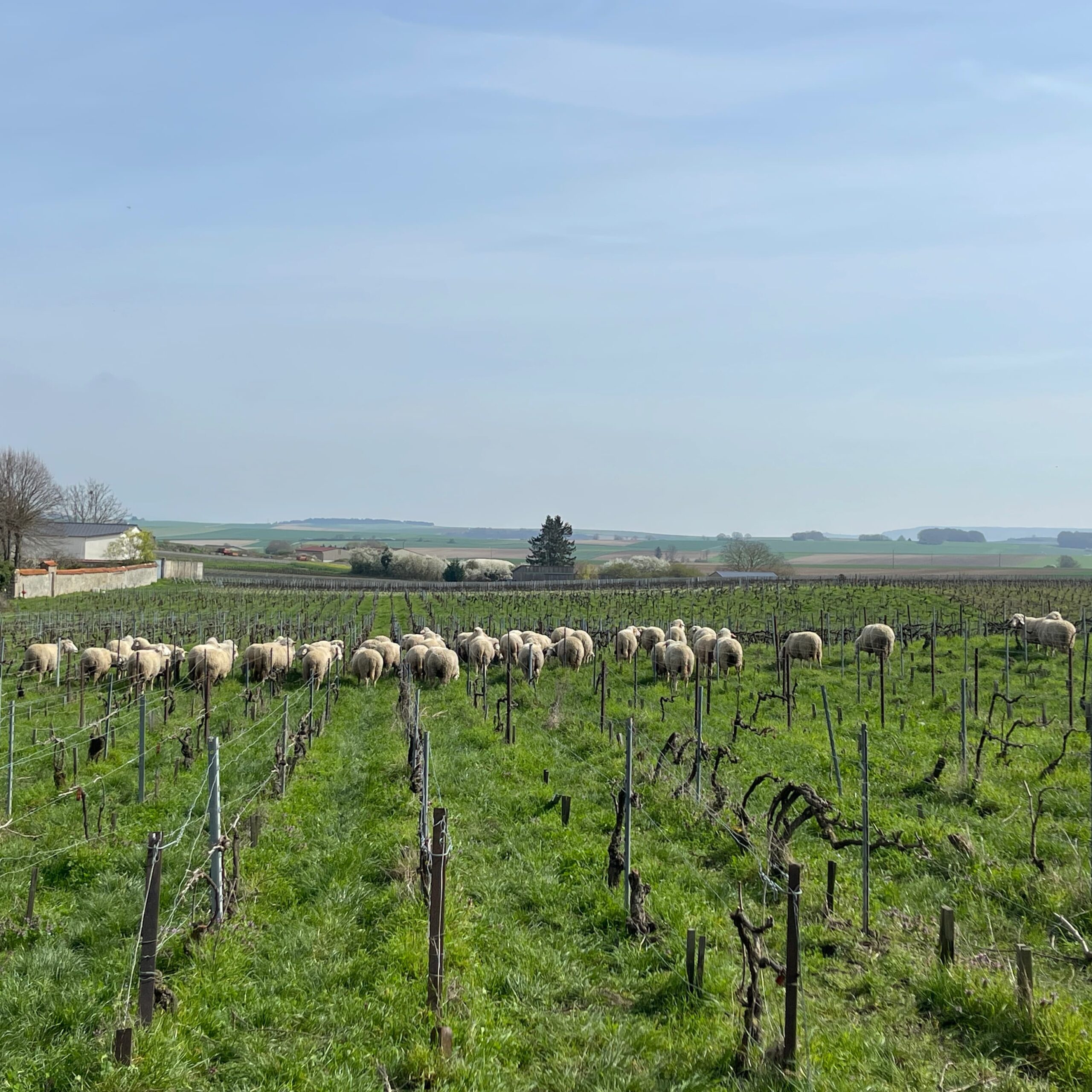
During the year 2021, 8 lambs were born in my vines. Thus was born the desire to constitute my own flock from lambs. The latter consists of a ram, Jeroboam, and 4 ewes: Bouteille, Flute, Capsule and Bulle. They coexist very well with my 16 hens who, in addition to eco pasture, aerate my floors by scratching.
My healthy cultivation methods and my old vines favor a better expression of the terroir in my grapes and then in my Champagnes. These two factors make it possible to have moderate yields per hectare, which favors the harvest of grapes with high maturity and thus a good natural concentration of sugar.

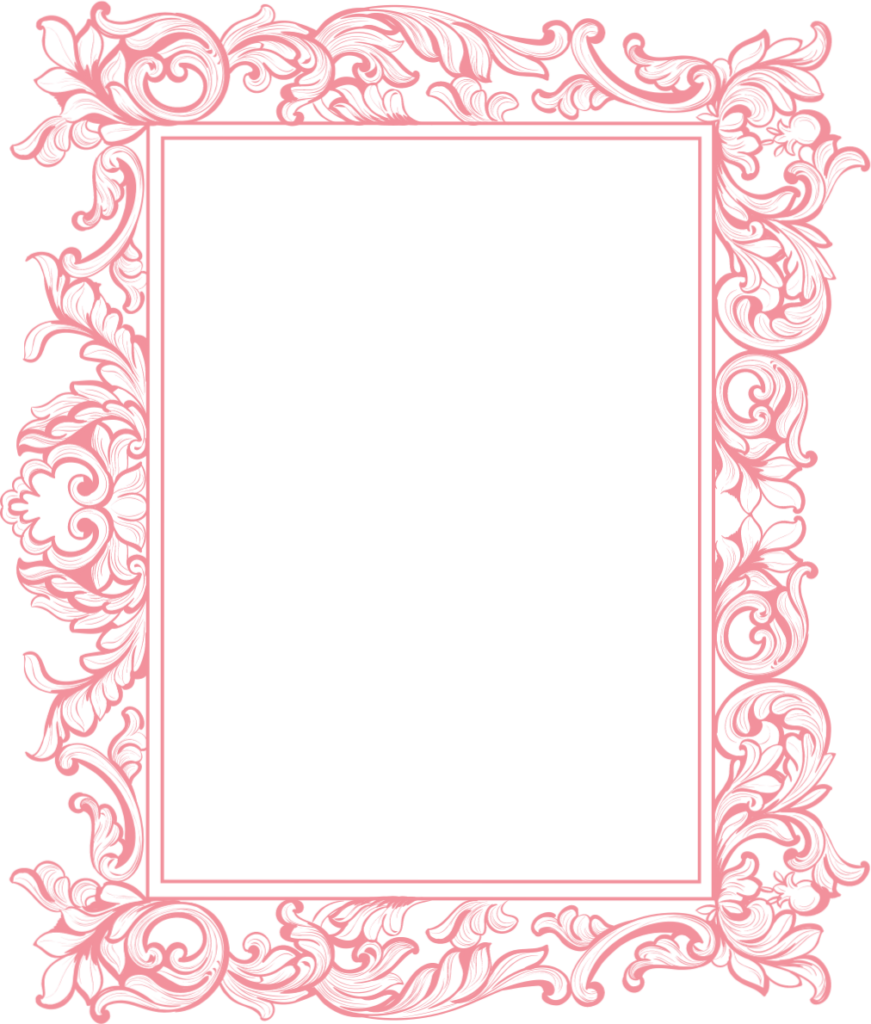
Since 2020, always by personal beliefs and in the line of cultural methods already in place, a flock of 40 ewes from Champagne farmer works punctually in my vines from November to March. They enrich my soils, clean naturally between the vines where mechanical work is complicated at the end of winter. This flock comes regularly on a part of my domain, and with so many ewes, a plot is mowed per week. In other plots, it is green manures will be favored with for example a sowing of clover, mustard, rape or field bean.
Full video in the gallery
Since 2020, still out of personal convictions and in line with the farming methods already in place, a herd of 40 ewes from a Marne farmer works punctually from November to March in my vineyards. They enrich my soils, naturally weed the vineyard roads and especially between the vines where the mechanical work is complicated at the end of winter. This herd comes regularly to my estate, and with so many ewes, one plot is mowed per week.
During the year 2021, 8 lambs were born in my vines. Thus was born the desire to constitute my own flock from lambs. The latter consists of a ram, Jeroboam, and 4 ewes: Bouteille, Flute, Capsule and Bulle. They coexist very well with my 16 hens who, in addition to eco pasture, aerate my floors by scratching.
My healthy cultivation methods and my old vines favor a better expression of the terroir in my grapes and then in my Champagnes. These two factors make it possible to have moderate yields per hectare, which favors the harvest of grapes with high maturity and thus a good natural concentration of sugar.
When the grapes become juice
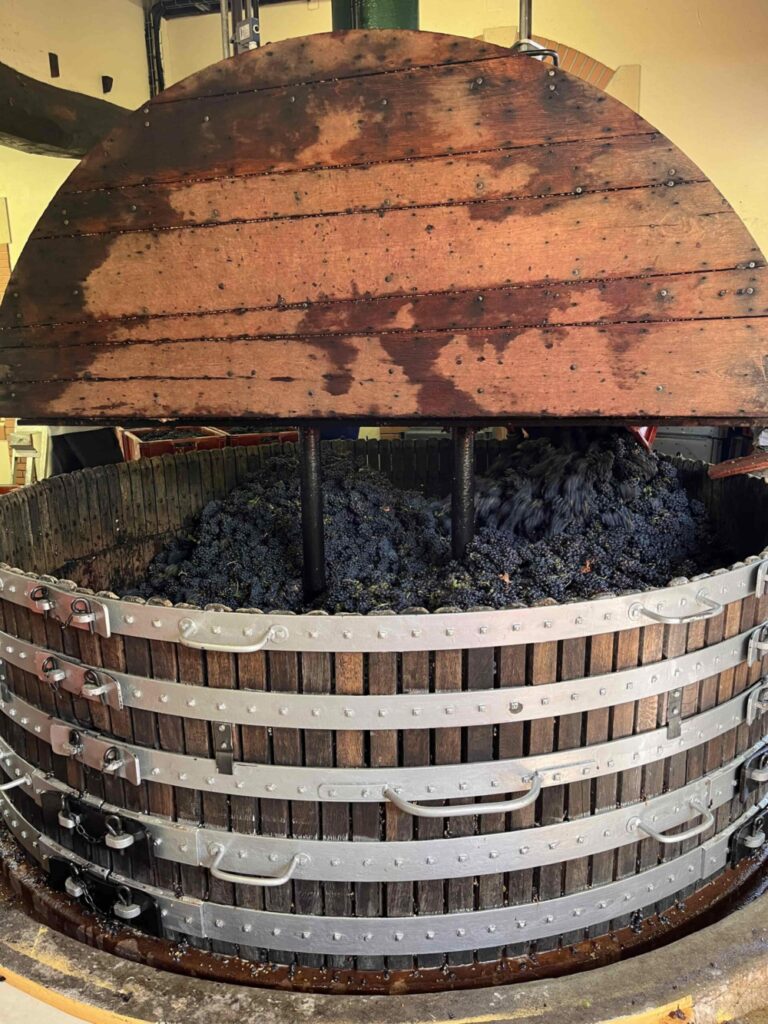
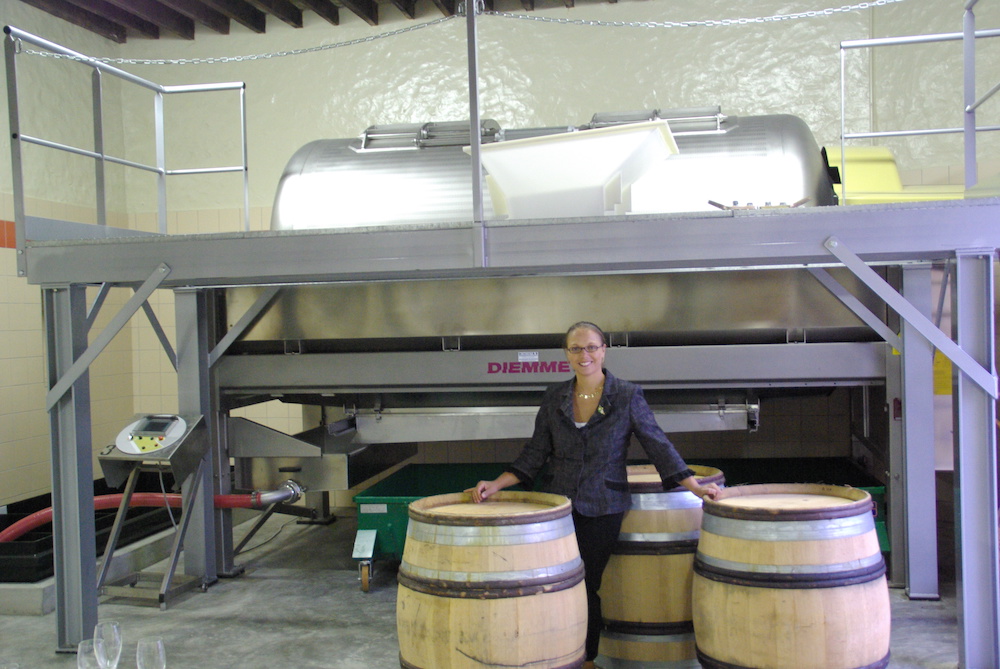
MY PRESSES:
BETWEEN TRADITION
AND MODERNIZATION
The pressing "plot by plot" is done within the exploitation of the traditional Coquard press of 4,000 kilos, thus preserving the typicality of each parcel.
The modern pneumatic press Diemme is intended for the grapes of the Trade which buys a part of the production of the house.
Indeed, the ELODIE D. Champagnes are exclusively produced from my Premier Cru grapes (thus excluding the village of Faverolles-et-Coemy) and from a selection of the best plots of the estate, all located on the terroir of Écueil.
*Visit of the Écueil vineyard by appointment
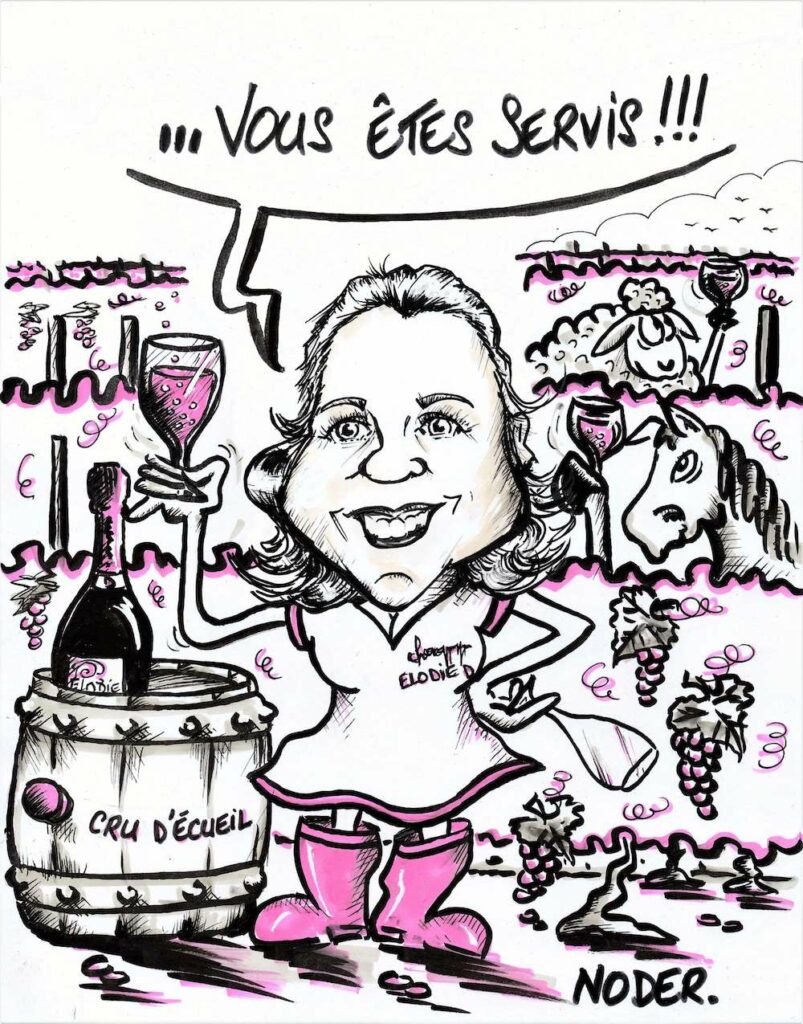
LIMITED EDITION AVAILABLE ON OUR WEBSITE
WWW.BULLES-BONHEUR.COM
Follow us
